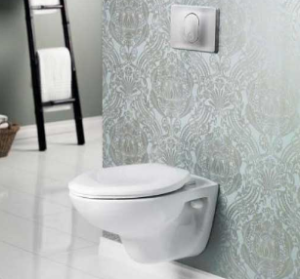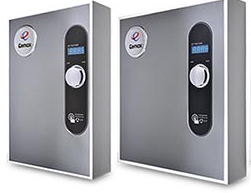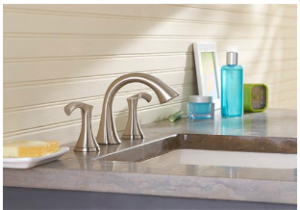Coming Up with a Energy and Water Efficient Bathroom
Table of Contents
Creating a Energy and Water Efficient Bathroom
Toilets
Any water efficiency bathroom needs to start with the toilet. This is because; the toilet uses over a quarter of indoor water use. Older houses of before 1994 have toilets that uses 3.5 gallons of water or even more per flush; while the newer toilets uses 1.6 gpf or less per flush. It’s clear there is a considerable amount of water saving in the new toilets.
Some toilet models go to the extent of providing two separate flush options that is; liquid and solid waste (0.8-1.1gpf and 1.6gpf respectively.) If your toilet is of 1.6gpf or lower gpf model, ensure that it’s working at its maximum efficiency. This is done by doing a quick toilet checkup and replacing parts that are leaking.Shower heads
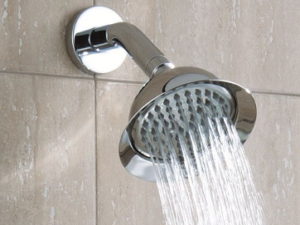 The shower is yet another water consumer in the bathroom. Shower heads that were pre-1994 use up to 8 gpm while the new shower heads use 2.5 gpm. The new shower heads is met with suspicion, luckily the manufacturers have design shower heads which are powerful, effective and uses little amount of water, thus using less energy to heat the water.
The shower is yet another water consumer in the bathroom. Shower heads that were pre-1994 use up to 8 gpm while the new shower heads use 2.5 gpm. The new shower heads is met with suspicion, luckily the manufacturers have design shower heads which are powerful, effective and uses little amount of water, thus using less energy to heat the water.Water heating
This is the biggest bathroom energy user, it accounts for up to 30% of a home energy use. With a standard tank heater 10-20% of the energy is lost to the environment as it sits there. This leads to a cycle of heating the water again. The water temperature can be to save energy, but remember that below 140 degrees bacteria can reproduce for instance the legionella.
If you are looking for a new water heater, you should consider going tankless. This heats water only when there is a demand hence, eliminating standby heat loss as a result cutting down the energy use. If you wish to save more energy, then a solar heater is put into consideration, it preheats the water going into a heater whether it’s tankless or a standard tank.
Recirculating pump system is a more advanced option for energy and water savings. This setup reduces the time it takes for hot water to reach your fixtures. Therefore, less water wastage as one does not need to let water run before getting in.Lighting
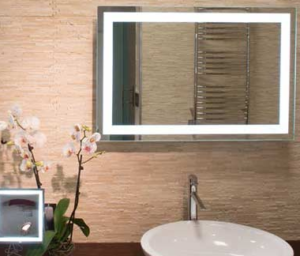 Most bathrooms are given more light than what one really needs, which makes them unpleasantly bright. In case you have multi-bulb vanity or fixtures, take a few bulbs out and see if you can get by without them. Timers are a good way of saving lighting energy; this is so with children or forgetful adults. Some timers operate using a touch less sensor; it turns on the light when someone enters the bathroom and turning off when no activity is detected.
A lighted mirror is more appropriate for make-up or shaving; ensuring that you look your best and saves energy. Dimmers also help to save energy, the baths and toilet visits lights are dimmed when bright light is not required.
Most bathrooms are given more light than what one really needs, which makes them unpleasantly bright. In case you have multi-bulb vanity or fixtures, take a few bulbs out and see if you can get by without them. Timers are a good way of saving lighting energy; this is so with children or forgetful adults. Some timers operate using a touch less sensor; it turns on the light when someone enters the bathroom and turning off when no activity is detected.
A lighted mirror is more appropriate for make-up or shaving; ensuring that you look your best and saves energy. Dimmers also help to save energy, the baths and toilet visits lights are dimmed when bright light is not required.
